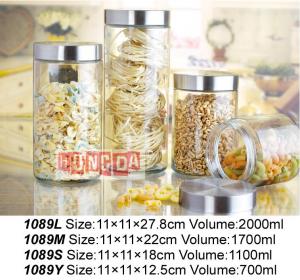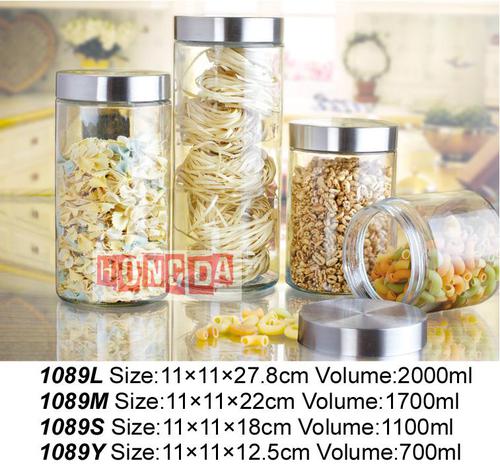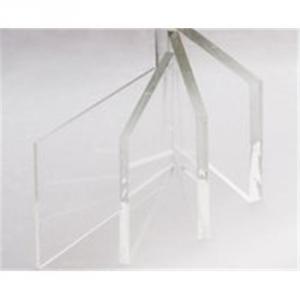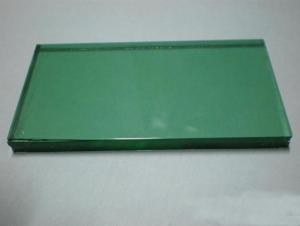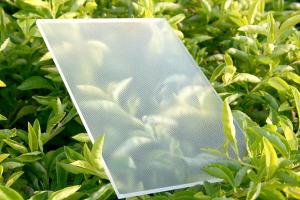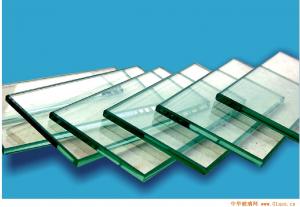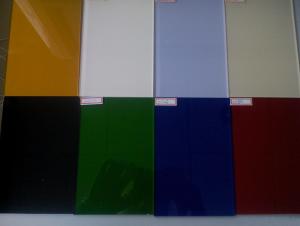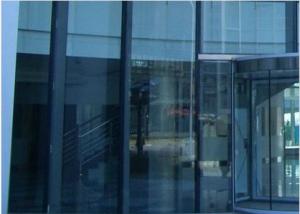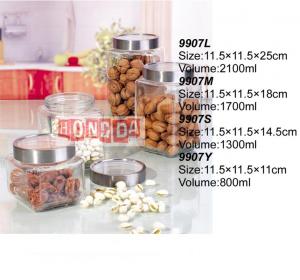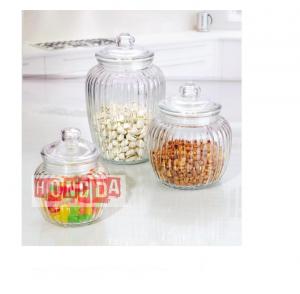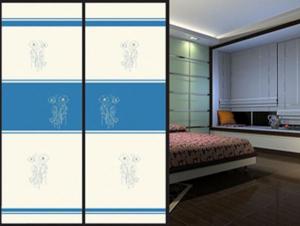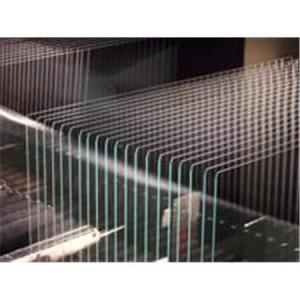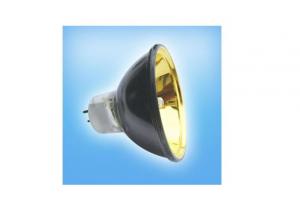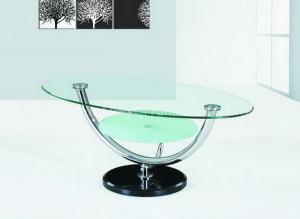Glass Storage Jar 1089
- Loading Port:
- China Main Port
- Payment Terms:
- TT OR LC
- Min Order Qty:
- -
- Supply Capability:
- -
OKorder Service Pledge
OKorder Financial Service
You Might Also Like
The lid has the drum surface light, flat sanding two. Suitable for storing all kinds of dried fruits, sweets, beans, noodles and other food grade plastic bottle cap, the inner threaded ring, environmental protection and no peculiar smell, good waterproof and moistureproof effect.
(Filler belonging to display products, not in the sales range)
1089L Size:11x11x27.8cm Volume:2000ml

1089M Size:11x11x22cm Volume:1700ml

1089S Size:11x11x18cm Volume:1100ml
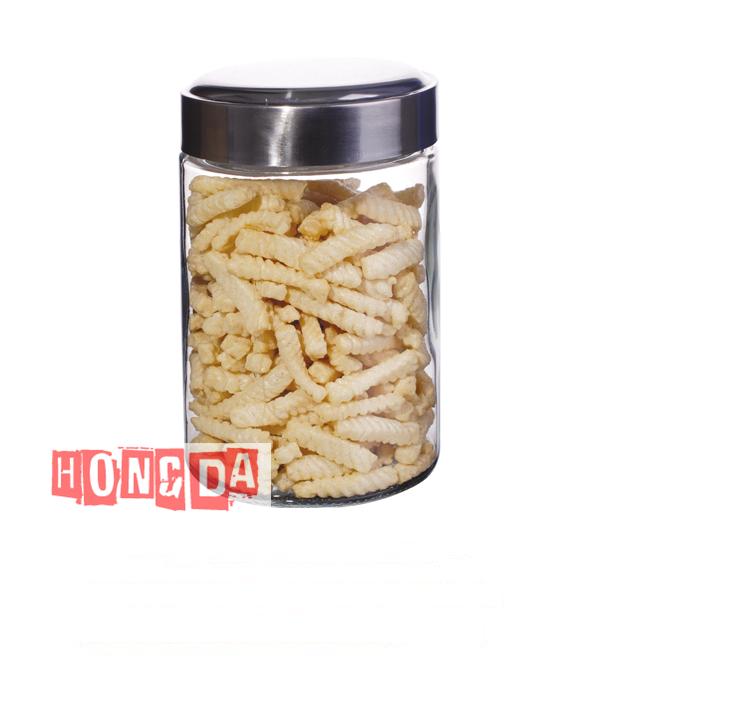
1089Y Size:11x11x12.5cm Volume:700ml
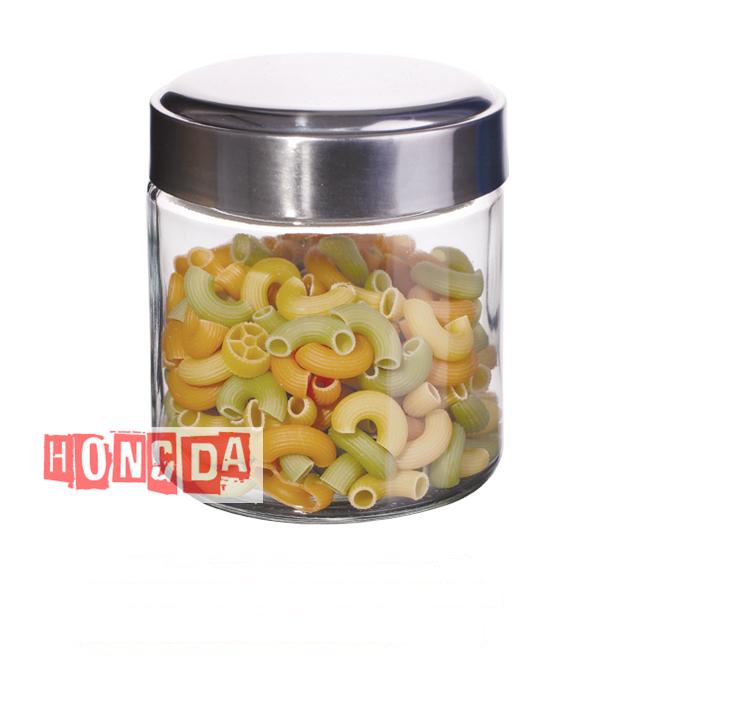
- Q: What kind of raw materials should be used in making FRP?
- The raw material of glass fiber reinforced plastic is divided into two kinds: reinforced material and base materialThe reinforced material of glass fiber reinforced plastic is composed of glass fiber and its fabric. It is the main load-bearing component material of glass fiber reinforced plastics, and has a direct impact on the strength and stiffness of FRP
- Q: What's the raw material for goldfish bowl?
- Look + trend: ordinary glass, ultra white glass, float glass, acrylicApplication: ceramic containers
- Q: Renovation of the house to buy bricks when how to see the quality of good or bad? What kind of good?
- Mosaic is mainly divided into glass mosaic (raw materials for glass) and ceramic mosaic two. Mainly used for decorative wall.
- Q: What kind of raw material is glass made of?
- Composition of common glass chemical oxides (Na2O, CaO, 6SiO2)Glass is usually divided into oxide, glass, and non oxide glass by major components. Non oxide glass varieties and a small number, mainly sulfur glass and halide glass. Chalcogenide glass anion for sulfur, selenium and tellurium, can stop short wave light by yellow, red, and near infrared light, which has low resistance, switching and memory characteristics. Having low refractive index, low dispersion, and often used as optical glass.
- Q: What are the raw materials of glass fiber reinforced plastic?
- It is a kind of composite material made of glass fiber and its products (glass cloth, band, felt, yarn, etc.) as reinforcing material and synthetic resin as base material.
- Q: Comparison of plexiglass steel bridge and inorganic glass steel bridge
- 4, can release harmful gases, human health and environmental protection have a certain impact. 5, high cost, but also a larger fluctuation of raw material prices. 6, after the waste is not easy to handle. Two, inorganic glass fiber reinforced plastics (referred to as Magnesium Oxide) advantages: 1, high temperature. (under normal circumstances, Fahrenheit temperature of 400 degrees Celsius, to maintain the product is not deformed), 2, anti-aging, 20 years without deformation of the product. 3. Purify the air and absorb carbon dioxide from the air. 4, high strength. 5, waterproof performance is good. 6, light weight, only in plexiglass.
- Q: Yacht enterprises are purchasing their own raw materials (resin, glass fiber, carbon fiber, etc.), home composite products, accessories?
- I can help you ask the business partners who are working with us on the bottom of the ship and the parts of the ship. What they do in this respect is expected to be answered by you tomorrow.
- Q: The preparation process of glass and the basic material and the function of raw materials
- The main raw materials are: silica glass (sandstone), sodium carbonate, feldspar, dolomite, limestone and mirabilite.1, raw materials broken: the above raw materials broken into powder;2, weighing: according to the list of ingredients, called a certain amount of powder;3, will be called: the mixed powder mixing, stirring into a batch (colored glass and colorant);4, melting: the mixture into the glass furnace, melting at 1700 degrees into glass;5, forming: liquid glass forming device with the corresponding sheet glass, bottles, glass, lamp, glass tube, a fluorescent screen......6, annealing: the molding of a variety of glass products into the annealing furnace annealing, balance stress, to prevent self cracking
- Q: The shell of glass steel electric cars will not be on the poor out of the glass Sizha?
- Such as glass fiber reinforced plastic products used for a long time will cause bare glass fiber, this situation is only a very low-end manufacturers will appear, because they use the resin does not know where it came from. Really sophisticated material manufacturers out of the glass steel shell, even if your car is worn out, will not appear bare glass phenomenon, unless you use a weapon to draw it. I worry about the effects of glass fiber dust on the body, that you do not have to worry about, FRP is inferior can lead to itching, and the glass tube can do high-quality drinking water, the quality of glass steel products has been cured is harmless to the human body.
- Q: What is the glass industry?
- To process liquid glass into desired shapes, such as flat plates, various vessels, etc.
Send your message to us
Glass Storage Jar 1089
- Loading Port:
- China Main Port
- Payment Terms:
- TT OR LC
- Min Order Qty:
- -
- Supply Capability:
- -
OKorder Service Pledge
OKorder Financial Service
Similar products
Hot products
Hot Searches
Related keywords
